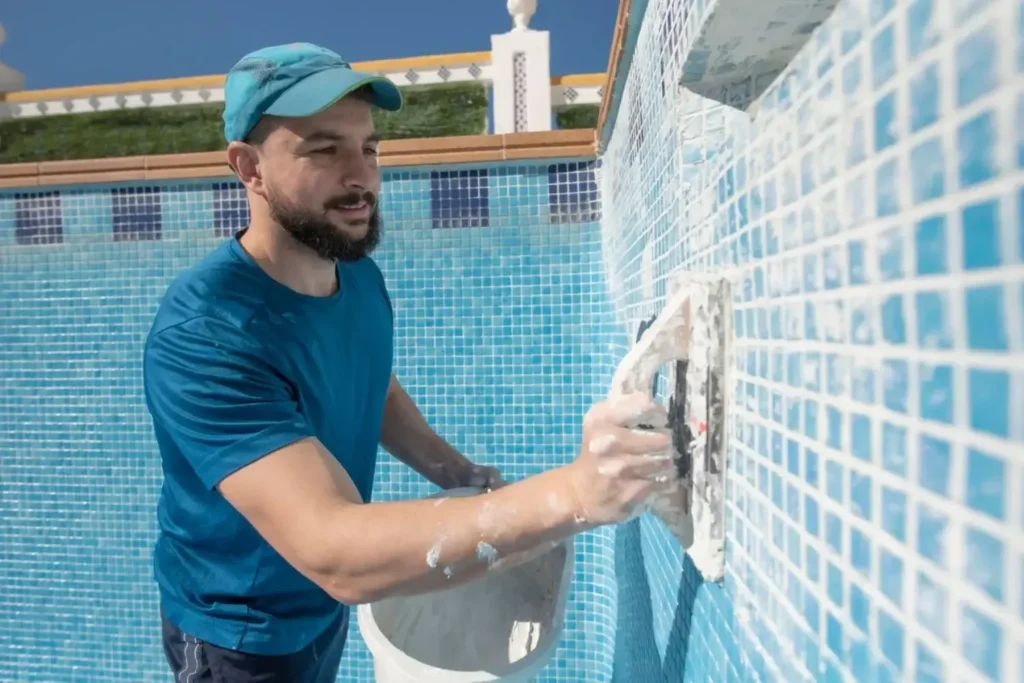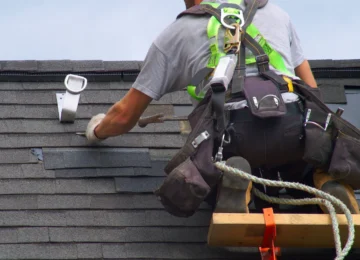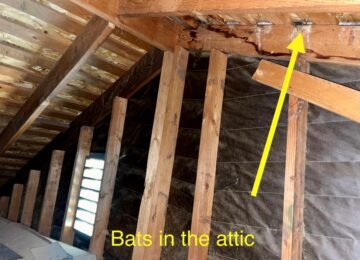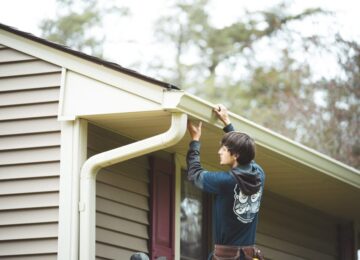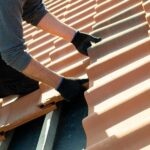Owning a swimming pool is one of the ultimate joys of homeownership, especially during the hot summer months. There’s nothing quite like having a personal retreat in your backyard where you can relax, cool off, and spend quality time with family and friends. But as with any luxury, owning a pool comes with its challenges. One of the most frustrating issues any pool owner can face is a leak.
A few months ago, we noticed something unusual with our pool. The water level seemed to be dropping faster than usual. At first, we thought it was simply evaporation due to the high temperatures. But after adding water multiple times a week and seeing no improvement, it became clear that there was a more significant problem at hand—our pool had a leak.
In this blog, I’ll share our experience with identifying, diagnosing, and repairing a pool leak. If you’re dealing with a similar situation or just want to learn more about what to expect from a pool leak repair process, you’ve come to the right place.
Recognizing the Signs of a Pool Leak
The first sign of a pool leak is typically an unusual drop in the water level. Every pool loses some water through evaporation, splash-out, and backwashing, but if you’re constantly refilling the pool or your water bill is higher than normal, it’s time to investigate further. For us, the biggest red flag was having to top off the pool with water several times a week.
In addition to a noticeable decrease in water, other common signs of a pool leak include:
- Wet spots or puddles around the pool area.
- Unexplained algae growth, which can happen when water from a leak seeps into the surrounding areas and promotes moisture buildup.
- A decrease in chemical levels. Leaks can dilute the pool’s chemicals, causing you to use more than usual.
- Cracks in the pool’s structure, which can indicate a leak source.
At this point, we knew something was wrong, but finding the exact location of a pool leak isn’t always straightforward.
The Leak Detection Process
One of the most challenging parts of dealing with a pool leak is finding the source. Leaks can happen in various places, including the pool’s structure, plumbing system, or even the filtration equipment. Since pinpointing the leak isn’t always easy, we decided to call in professionals for leak detection.
A reputable pool service company came to our home and conducted a series of tests to identify the exact location of the leak. The first step was the “bucket test,” which is a simple way to determine whether the pool is losing water faster than it should. By comparing the water loss in a bucket placed in the pool with the actual water loss in the pool, they confirmed that we were indeed dealing with a leak.
From there, the technicians used specialized tools to inspect the pool’s plumbing system and the pool shell itself. This included pressure testing the pipes, which can help detect any leaks in the pool’s plumbing lines. They also used dye testing to check for cracks in the pool walls and around the pool’s fittings, skimmers, and drains.
After a thorough inspection, they identified the leak. In our case, the problem was a small crack in the pool’s plaster surface, which was allowing water to seep out. Fortunately, it was a relatively minor issue, but it still needed to be addressed before it got worse.
The Repair Process
Once the source of the leak was identified, it was time to move on to the repair phase. Pool leak repairs can vary depending on the severity and location of the leak. In our case, since the leak was in the pool’s plaster surface, the repair involved patching the crack and ensuring it was properly sealed.
The repair process began with draining the pool to get access to the affected area. This can feel like a drastic step, especially if you have a large pool, but in many cases, draining is necessary to properly fix the leak.
After the pool was drained, the technicians cleaned the cracked area, removing any debris and ensuring the surface was ready for the patching material. They applied a specialized pool plaster patch, which is designed to withstand constant exposure to water and chemicals. Once the patch was in place, it needed time to cure, so the pool had to remain empty for a few days.
The final step involved refilling the pool and testing the repair to make sure the leak was fully resolved. Thankfully, the patch held up, and the leak was successfully repaired. After refilling and balancing the pool’s chemicals, we were able to start using the pool again without any issues.
The Cost of Pool Leak Repair
One of the biggest concerns pool owners have when dealing with a leak is the cost of repairs. The price can vary depending on the location and severity of the leak. In our case, the leak was relatively minor, so the costs were manageable. However, more severe leaks, such as those in the plumbing system or structural issues, can be much more expensive to repair.
It’s also important to factor in the potential long-term costs of ignoring a leak. If left untreated, a pool leak can lead to more significant damage, including erosion, structural problems, and even foundation issues for your home. That’s why addressing a leak as soon as possible is essential to avoid more costly repairs down the line.
Preventing Future Pool Leaks
After going through the process of detecting and repairing the leak, we wanted to take steps to prevent future leaks from occurring. Regular pool maintenance is key to keeping your pool in good shape and identifying potential issues before they become bigger problems.
Here are a few tips to help prevent future pool leaks:
- Regular Inspections: Keep an eye on your pool’s water levels and check for signs of leaks regularly. If you notice any changes in the pool’s structure or plumbing system, it’s best to address them early.
- Maintain the Pool Surface: Cracks in the pool’s plaster or tiles are common causes of leaks. Make sure to repair any damage to the pool’s surface as soon as you notice it.
- Proper Pool Chemical Balance: Maintaining the correct chemical levels in your pool is not only important for water quality but also for the pool’s structural integrity. High chlorine levels, for example, can deteriorate the pool’s surface over time.
- Monitor the Pool Equipment: Your pool’s filtration and plumbing systems should be regularly inspected and maintained to prevent leaks in the pipes or equipment.
Conclusion: Why Pool Leak Repair Is Essential
Dealing with a pool leak can be frustrating, but it’s a problem that should never be ignored. Even a small leak can lead to significant damage over time, so it’s crucial to address the issue as soon as you notice any signs. By investing in pool leak repair, you can not only protect your pool but also save money in the long run by preventing more serious damage.
In our case, the repair process was relatively straightforward, but it gave us peace of mind knowing that our pool was in good shape and no longer wasting water. If you suspect that your pool may have a leak, don’t hesitate to seek professional help—your pool, and your wallet, will thank you in the long run.

